
Bitcoin mining is the process of using specialized computer hardware to validate transactions on the Bitcoin blockchain and earn rewards in the form of newly minted Bitcoins. This process requires a significant amount of energy and generates a lot of heat as a byproduct. In recent years, some individuals have started using their Bitcoin mining rigs to heat their homes as an alternative to traditional heating methods.
One of the main advantages of using a Bitcoin mining rig for heating is the cost savings. Bitcoin mining can be a profitable endeavor, and the heat generated by the rig can be used to offset the cost of heating the home. Additionally, using a mining rig for heat can also help to reduce the overall carbon footprint of the home, as it eliminates the need for fossil fuels or other non-renewable sources of heat.
Another advantage of using a mining rig for heat is the flexibility it offers. Many mining rigs can be easily moved from room to room or even from house to house, allowing individuals to easily adjust the heating in their home as needed. Additionally, some mining rigs can be controlled remotely, allowing individuals to turn the heat on or off and adjust the temperature from anywhere using a smartphone or computer.
One real-life example of using a Bitcoin mining rig for heating is a company based in the United States called Qarnot Computing. They have created a heating system called “QH-80” that is specifically designed for this purpose, it’s a small, plug-and-play device that can be used to heat a room or small apartment. The device is equipped with several high-performance computing chips that can be used for both mining and heating, with the heat being distributed through a series of built-in radiators. The company claims that the device can heat a room of about 150 square feet for roughly $30 per month, which is significantly less than the cost of traditional heating methods.
A third example is a man from Norway named “Kristoffer Koch” who became a millionaire by investing in Bitcoin early on. He invested 150 kroner ($26.60) in 5,000 bitcoins in 2009 and forgot about it. When he rediscovered his investment in 2013, the value of his bitcoins had grown to $886,000, he decided to use a part of his fortune to install a heating system in his house that runs on Bitcoin mining. He claims that it’s cheaper and more environmentally friendly than the traditional heating methods.
Heat4Mine is a Dutch company that provides a solution for using the heat generated by Bitcoin mining rigs to heat homes. They have developed a system that captures the heat generated by mining rigs and uses it to heat water, which is then distributed through a building’s heating system. This allows homeowners to offset the cost of heating their home with the profits generated from mining Bitcoin. The company claims that their system is a more sustainable and eco-friendly alternative to traditional heating methods, as it reduces the need for fossil fuels. According to their website, they have been providing this service since 2017.
Despite these advantages, using a Bitcoin mining rig for heating does have some drawbacks. One of the main disadvantages is the initial cost of setting up the rig. Mining rigs can be quite expensive, and the cost may not be worth it for those who only plan to use it for heating. Additionally, the noise and heat generated by the rig can be quite substantial, which may not be suitable for some individuals.
Another potential drawback is the fact that the mining rig will require regular maintenance, which can be time-consuming and costly. Additionally, mining rigs are not always reliable and may break down or malfunction, which can be a major inconvenience for those who rely on them for heat.
Despite these drawbacks, using a Bitcoin mining rig for heating is becoming an increasingly popular option for those looking for an alternative to traditional heating methods. As the price of Bitcoin continues to rise, the profitability of mining also increases, making it a more viable option for those looking to offset the cost of heating their home. Additionally, as the world continues to focus on reducing carbon emissions and becoming more energy efficient, using a mining rig for heat may become a more appealing option for those looking to reduce their environmental impact.
It’s important to note that the profitability and cost-effectiveness of using a mining rig for heat will depend on several factors, including the cost of electricity, the current price of Bitcoin, and the efficiency of the rig itself. Additionally, it’s also important to consider the noise and heat generated, and maintenance requirements before making a decision. It’s also important to note that while this is a potential use case, it’s not yet widely adopted or popular. It’s still a niche application of the technology.
In conclusion, using a Bitcoin mining rig for heating can be a cost-effective and energy-efficient alternative to traditional heating methods. It can also help reduce carbon footprint and offer flexibility to adjust heating as per need. However, it’s important to weigh in the initial costs, maintenance requirements, noise and heat generated and the overall profitability before making a decision. As with any technology, it’s important to keep in mind that it may not be suitable for everyone, but for those who it does work for, it can be a great way to save money and reduce their environmental impact.
Open your free digital wallet here to store your cryptocurrencies in a safe place.
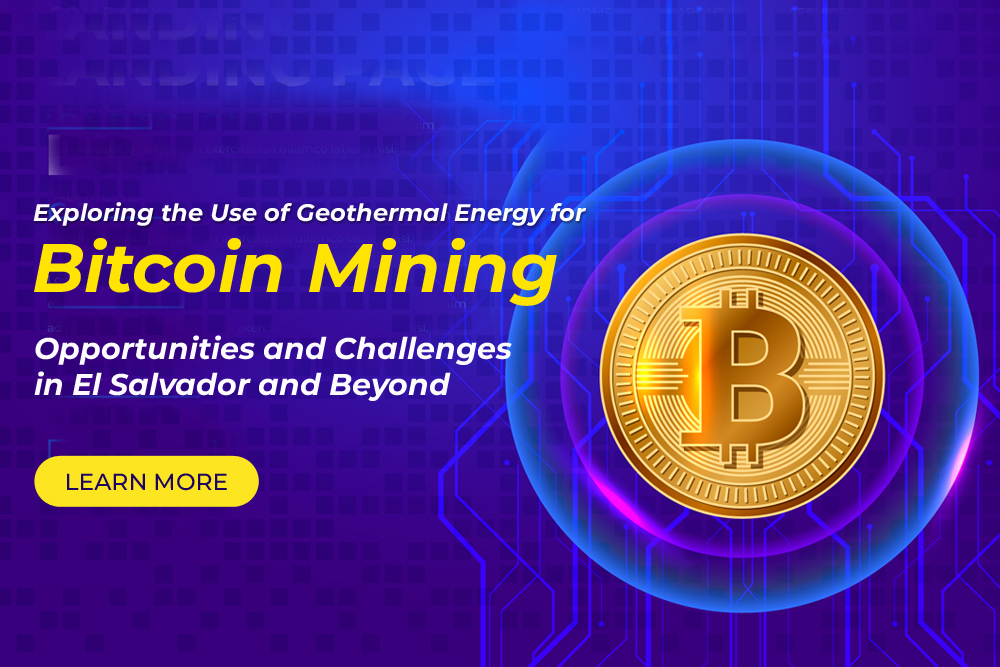
As the cryptocurrency industry continues to grow, the energy consumption of Bitcoin mining has become a concern for many. Bitcoin mining, the process by which new bitcoins are created, requires high computational power, which in turn requires a large amount of energy. This has led to an increased focus on sustainable energy sources for Bitcoin mining. Geothermal energy, a renewable and low-carbon energy source, is one potential solution to this problem.
Geothermal energy has several advantages that make it an attractive option for Bitcoin mining. Firstly, geothermal energy is a reliable source of power as it is generated from the Earth’s heat, which is constant and abundant. Secondly, geothermal energy is relatively low-cost compared to other forms of renewable energy. This can help reduce the overall energy costs of Bitcoin mining operations. Lastly, geothermal energy has a low environmental impact, making it a sustainable option for Bitcoin mining.
One example of a company that is successfully using geothermal energy for Bitcoin mining is Genesis Mining, one of the largest cloud mining companies in the world. They have a geothermal-powered mining farm in Iceland, which allows them to use renewable and low-cost energy to mine bitcoins. This has helped them to reduce their overall energy costs and increase their profits. Another example is the case of El Salvador, where the government is actively promoting the use of geothermal energy for Bitcoin mining through incentives and regulations.
While geothermal energy has many advantages, there are also limitations to using it for Bitcoin mining. One limitation is that geothermal resources are not widely available, and are mostly concentrated in certain areas such as Iceland and New Zealand. This can make it difficult for companies to access geothermal energy, especially if they are located in areas without geothermal resources. Another limitation is the high cost of setting up geothermal power plants. This can be a significant barrier for companies that want to switch to geothermal energy for Bitcoin mining.
Despite these limitations, the use of geothermal energy for Bitcoin mining is an area of active research and development. Companies such as Genesis Mining are actively researching ways to improve the efficiency and scalability of geothermal energy for Bitcoin mining. Additionally, research and development of geothermal energy for Bitcoin mining can help increase the availability of geothermal resources, making it more accessible for companies around the world.
In conclusion, geothermal energy is a promising option for Bitcoin mining. It offers several advantages such as reliability, low cost, and low environmental impact. However, there are also limitations to using geothermal energy such as limited availability and high costs. With ongoing research and development, it is likely that geothermal energy for Bitcoin mining will become more widely available and cost-effective in the future. Countries like El Salvador are showing how it is possible to use geothermal energy to power Bitcoin mining operations while reducing environmental impact. By promoting the use of renewable energy sources and providing incentives for companies, governments can play a key role in encouraging the sustainable development of the cryptocurrency industry.
Open your free digital wallet here to store your cryptocurrencies in a safe place.
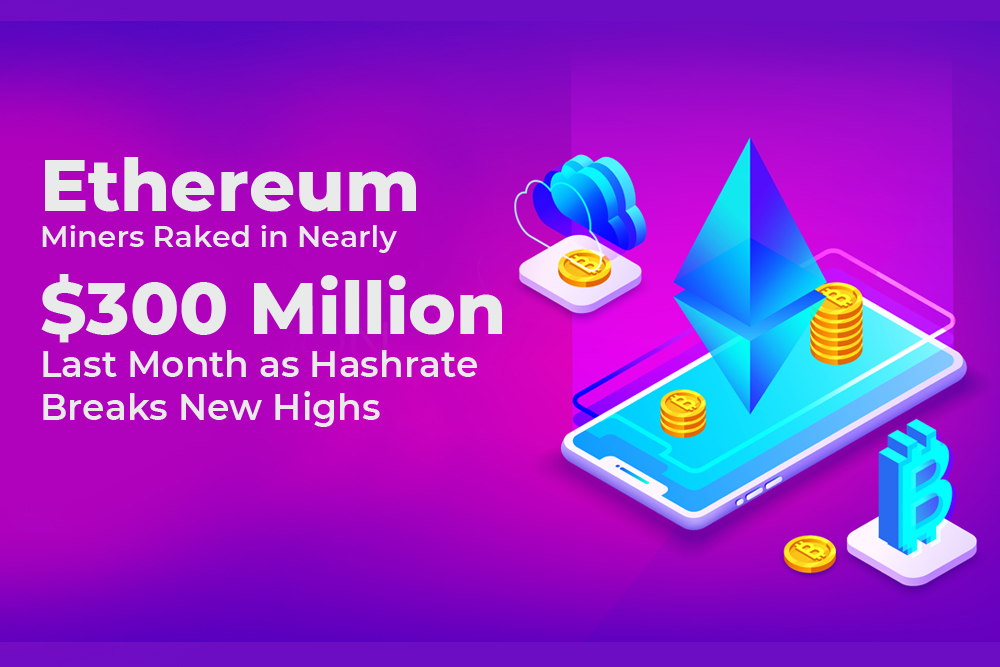
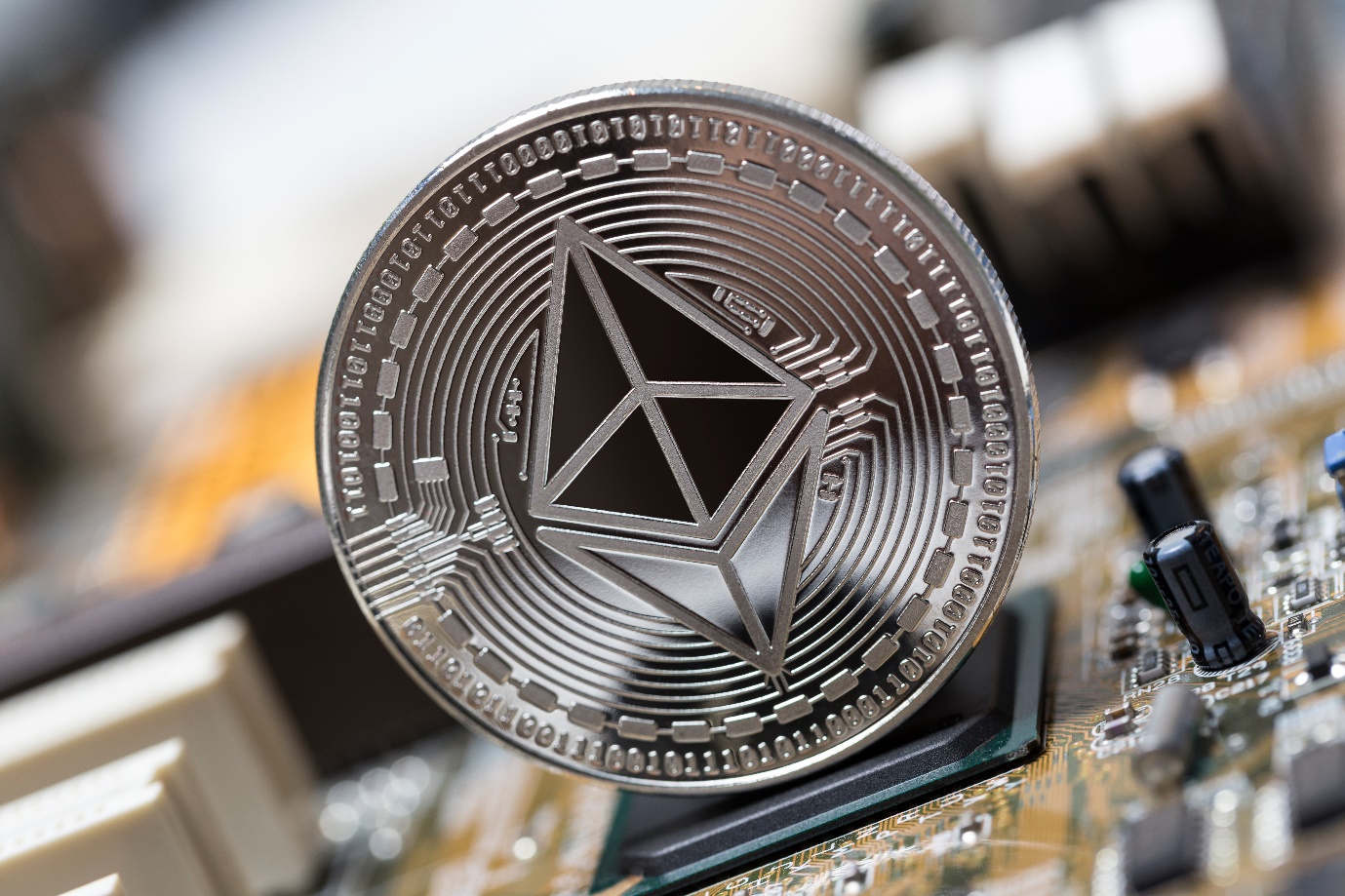
Can you imagine the speed required to make 250 trillion attempts to solve a puzzle in one second? Stop imagining! We already have the answer figured out for you!
On 6th October 2020, the Ethereum-mining hash rate made a new record by reaching a figure of 250 trillione hashes per second. Ether miners are more active than ever before, and the Ethereum network is now more powerful than ever before.
To your surprise, Ethereum is not a mineral found in the mountains. Miners have made $300 million without even stepping outside their homes. Without confusing you any further, let me explain how ETH mining can make you a millionaire.
It is a platform that makes use of a blockchain database to allow developers to create applications on it. The apps that are built on Ethereum are decentralized; Any computer that connects to the Ethereum network can access these apps. You can make online payments, trade cryptocurrency, and sell products without the involvement of third parties like banks.
Ether (ETH) is Ethereum’s cryptocurrency that has $40 billion worth of market capitalization in 2020.
It indicates the overall health or power of the Ethereum network. The combined computing power of all the mining machines is directly proportional to the hash rate; When power increases, the hash rate goes up. This means that the miners play a vital role in strengthening the cryptocurrency network.
Initially, low-power machines were used, but as the popularity of the network grew, more users jumped in, and more powerful mining rigs were introduced. This caused the hash rate to reach trillion hashes per second and enhanced the network’s security.
What is the hype all about? How are the hash rate and mining rigs related to money? Let us find out!
People spend thousands of dollars on building powerful mining rigs that can generate more ETH in less time.
Mining rigs are basically computers with an extremely powerful graphics processing unit. Application-Specific Integrated Circuits have now been introduced for mining purposes. Mining is not an easy task, so it requires a lot of energy in the form of electricity.
The main reason behind using GPUs and ASIC instead of simple CPUs is to lower energy consumption.
The capacity of the supply unit (in watts) must be greater than the total power consumption of all the units of your rig. If you have 4 GPUs that consume a total of 800 watts and other units consume 200 watts, a supply unit of at least 1000 watts is needed for the smooth working of the rig.
Your SSD requirement depends on the operating system of your rig. A 120 GB hard drive is required for mining rigs that run windows. For Linux users, 60 GB SSD would get the job done.
The number of PCIe slot connectors in a motherboard corresponds to the number of GPUs that can be installed. ASRock H110 Pro BTC+, Asus B250 Mining Expert, and Gigabyte GA-H110-D3A are some of the best motherboards for mining. The average cost of these motherboards is around £110.
Your rig’s processing speed depends on the size of its RAM. At least 4GB RAM is required for fast calculations.
GPUs are the actual driving force in a rig, so make sure that you have plenty of them. GeForce GTX 1060, RTX 2080 Ti, and RX Vega 56 are some of the most popular graphics cards on the market.
Let me link all the dots here!
A powerful mining rig can make more attempts at solving puzzles in one second. More attempts mean that there are high chances of working out the right answer. When the right answer is generated, a new block is added to the chain, and the miner gets ETH as a reward. It would not be wrong to say that ETH is sitting in the coaxial cables of your rig.
Mining is not just about solving the mathematical puzzle but being the first miner to discover or guess the solution is a must for earning a reward. Millions of people are working on the same puzzle at one time, so the processing speed of your rig determines your success rate.
Today, one ETH is worth $467. An ETH miner makes money by processing transactions for the application users on the Ethereum network. ETH is a miner’s reward for solving the complex puzzle. When the miner has processed a certain number of transactions, he/she is rewarded with ETH.
Ethereum serves as the platform for the buying and selling of ETH. Miners’ task is to verify and secure transactions resulting from trading on which they also earn a transaction fee.
One important point to note here is that when the hash rate goes up, the difficulty level of the puzzle also increases to balance it out.
Eth miners working with powerful graphics cards can make $15 in 24 hours, which is much higher than the profit in Bitcoin.
High profits do not come solely from ETH mining, but from the transaction fee, which is the main attraction.
The transaction fee in the Ethereum network rose to $11.61 in September 2020, producing millions of dollars in profits. Experts suggest that Ethereum is a good investment as Ether’s price is expected to grow over $2000 by the end of 2025.
Cryptocurrency is on the rise these days, and according to the experts, it is the future of online trading. Although there are security issues like double spending and 51% attacks, Ethereum and Bitcoin continue to attract investors.
If you have some extra cash lying in your bank, my advice would be to invest it in buying cryptocurrency. You do not need to go big at this point! Start with 1 token and just analyze its value in the market.
Where do you see the price of 1 Ether going in 2030?
Author Bio:
Myrah Abrar is a computer science graduate with a passion for web development and digital marketing.
Open your free digital wallet here to store your cryptocurrencies in a safe place.
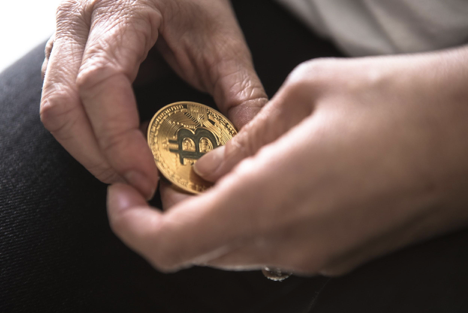

You know about Bitcoin: The original digital currency based on blockchain. Every transaction is written to a shared ledger and verified by the rest of the network. Each set of approved transactions is a “block” added to the chain.
But you may have missed the buzz on Bitcoin mining. It’s not just for web geeks or digital currency traders. There are thousands of people around the world looking to profit in this way.
What is Bitcoin Mining?
Participants try to guess a random number generated by the system. Those who get the answer “own” the next block of transactions and collect a reward; currently 12.5 bitcoins. If you manage this, you can also collect fees on transactions in the block you created.
This number comes from a complex equation. In the early days it was handled by ordinary computers, and then GPUs (graphics processing units), which were better suited to the task. Over the years the equation has evolved in difficulty to regulate the rate of discovery.
Technology
Bitcoin miners now rely on hardware-intensive systems known as ASICs (Application-Specific Integrated Circuit), which appeared in 2013. If you own or can get access to such a system, you stand to guess a fair amount of numbers on the blocks constantly taking shape.
If this sounds like an easy way to profit, it is. Many people have joined the ranks of digital currency miners. However, with so much competition, the big question is whether there are still decent profits to be made.
Can You Still Make Money?
The more computers that are trying to capture the number, the harder the equation becomes and the fewer numbers you get.
But Bitcoins also tend to go up in value. It was a price spike in 2013 that launched mining as a popular investment option. Speculators agree that the value of Bitcoin should continue rising as its popularity grows.
Investments Required
To maximize your return on Bitcoin mining, you need an ASIC system. These computing solutions utilize high-end hardware that generates a lot of heat. Such a setup requires state-of-the-art cooling and ventilation systems along with higher utility bills to operate all of this.
Without an ASIC of your own, your odds of scoring aren’t good. It is possible to save some money by leasing an ASIC rather than buying one outright.
Other Options
Fortunately for the smaller investor, recent years have seen the rise of cloud mining, or cloud hashing. This response to growing demand is basically another cloud service where you get to lease a portion of someone else’s ASCI-enabled data center.
A cheaper option, albeit with smaller potential rewards, is a mining pool. This is a third-party service that uses investor funds to do their own mining and shares out the profits. The upside of this is that you don’t need technical or financial knowledge at all; you just need to come up the minimum investment required by the service.
Profit Potential
You can join some of these investment pools for as little as $500. Some of these third-party services state that you could earn your investment back in as little as two months or so, and start seeing profit after three. When these claims are legit, or even close to it, you’re seeing a remarkable and fairly consistent ROI better than most forms of investment.
However, transaction fees are currently voluntary on the part of individual users of Bitcoin, as is whether the transaction should even be included in a block. This is encouraged as the transaction is more quickly verified if it’s part of a block. Even so, your profit depends on the current value of Bitcoin, the number and size of transaction fees involved, and the number of people sharing the rewards.
Federal Regulation
In 2015 the Commodity Futures Trading Commission (CFTC) declared that digital currency trading is legal and subject to fair trading laws. However, this doesn’t guarantee that you’re protected. Prudent investors always do the homework: Know who you’re dealing with and determine realistic expectations.
Risks in Bitcoin Mining
The Bitcoin reward is halved every 210,000 blocks, or about four years. As the reward approaches zero, it may not be profitable at all unless transaction fees are increased and enforced. And while the general trend is up, there’s also fluctuation in Bitcoin value.
There’s also a question of integrity. As more cloud services spring up, you’ll have a widely varying scenario of payouts, contract stipulations, and the potential for dishonest reporting; even outright fraud. Also, on the downside: The IRS says that mining profits may be taxed as individual investment gains!
Is Bitcoin mining still a good investment? At the present time, yes, and hopefully for years to come with appropriate changes. Are you ready to sit back and let the computers make you bitcoins?

Jen McKenzie is a writer at Assignyourwriter company (https://assignyourwriter.co.uk/team/jen-mckenzie/) and an independent business consultant from New York. She writes extensively on business, education and human resource topics. When Jennifer is not at her desk working, you can usually find her hiking or taking a road trip with her two dogs. You can reach Jennifer (https://twitter.com/jenmcknzie) @jenmcknzie (https://twitter.com/jenmcknzie)
Open your free digital wallet here to store your cryptocurrencies in a safe place.

In the meantime, in fact, the ethereum price for example surged 50% in a week.
Open your free digital wallet here to store your cryptocurrencies in a safe place.
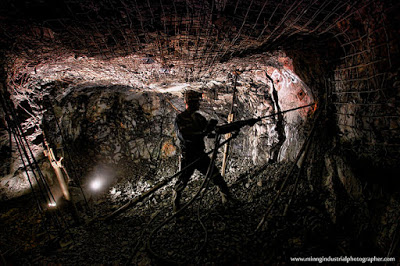
One thing is sure: if the price will to rise when the halving occurs, there won’t be a problem, because miners will continue to be rewarded enough to cover their cost and maintain profitability.
Open your free digital wallet here to store your cryptocurrencies in a safe place.
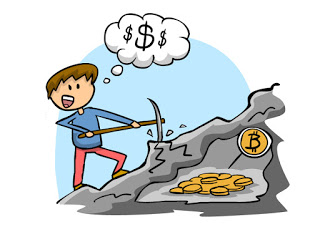
 |
| Image Courtesy of Coindesk.com |
Open your free digital wallet here to store your cryptocurrencies in a safe place.